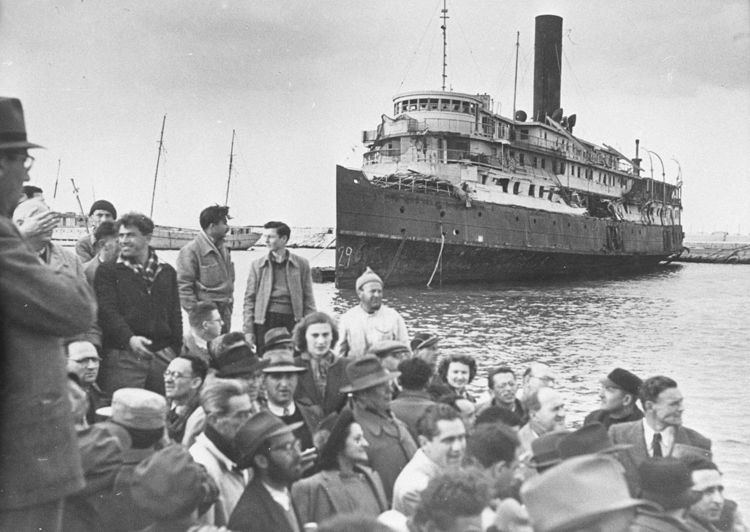 | ||
From the time of the first Jewish exile during Assyrian Rule in Eretz Israel in 733 BCE, throughout 2,000 years of dispersion, many Jews aspired to return to their ancestral homeland. They immigrated as singles, in small groups, with or without immigration permits, and requested to live and be buried in the Land of Israel. The first in this category was "the Return to Zion", in which the Jews returned to the land of Israel from the Babylonian exile following a decree by the Persian King Cyrus, the conqueror of the Babylonian empire in 538 BCE.
The term "the Return to Zion" was later on borrowed from this event, and adopted as the definition to all the modern immigrations of Jews to the land of Israel. The period between the biblical Return to Zion and the 20th century Zionist movement, consisted of many attempts of small groups to immigrate to the land of Israel. This period, could be roughly divided into two:
The number of Jews returning to the Land of Israel from the Jewish diaspora rose significantly between the thirteenth and nineteenth centuries, mainly due to a general decline in the status of Jews across Europe and an increase in religious persecution. The expulsion of Jews from England (1290), France (1394), Austria (1421) and Spain (1492) were seen by many as a sign of approaching redemption and contributed greatly to the messianic spirit of the time.
Aliyah was also spurred during this period by the resurgence of messianic fervor among the Jews of France, Italy, the Germanic states, Russia and North Africa. The belief in the imminent coming of the Jewish Messiah, the gathering of the exiles and the re-establishment of the Kingdom of Israel encouraged many with few other options to make the perilous journey to the Holy Land.
Pre-Zionist resettlement in Palestine met with various degrees of success. For example, little is known of the fate of the 1210 "aliyah of the three hundred rabbis" and their descendants. It is thought that few survived the bloody upheavals caused by the Crusader invasion in 1229 and their subsequent expulsion by the Muslims in 1291. After the fall of the Byzantine Empire in 1453 and the expulsion of Jews from Spain (1492) and Portugal (1497), many Jews made their way to the Holy Land. Then the immigration in the eighteenth and early nineteenth centuries of thousands of followers of various Kabbalist and Hassidic rabbis, as well as the disciples of the Vilna Gaon (see Perushim) and the disciples of the Chasam Sofer, added considerably to the Jewish populations in the Four Holy Cities (Jerusalem, Tiberias, Hebron, and Safed).
There were also those who like the British mystic Laurence Oliphant tried to lease Northern Palestine to settle the Jews there (1879).
